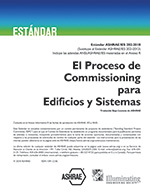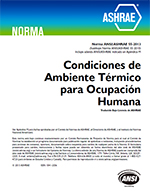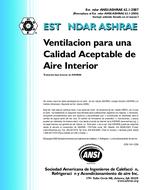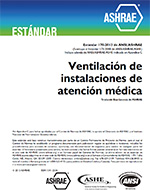Description
The use of ground-coupled thermosyphons (heat pipes) to heat pavements was initially proposed in 1965, and the first major application of this concept was the installation of 1213 thermosyphons in a West Virginia highway ramp in 1975. This work was extended to the heating of bridge decks with the construction of two experimental facilities in Wyoming.
In 1980 The Federal Highway Administration (FHWA) contracted for the preparation of ground-coupled thermosyphon design manual for bridge deck heating. This paper reports on the heat transfer model that was developed and its validation against data from the two experimental facilities. The model utilized a response factor formulation to simulate the interactions between the ground, the evaporator field, the condensers, the deck, and the environment. Each ground evaporator was represented by a finite length Kelvin line source with its characteristic radius determined from a steady state analysis of a finite length evaporator in a backfilled hole. Parametric studies were performed to determine the effect that key deck, thermosyphon, ground, and backfill properties had on the system’s thermal performance. These data permitted the formulation of a design algorithm which predicts the minimum expected thermal conductance between the ground and the deck surface.
Units: SI
Citation: Symposium, ASHRAE Transactions, 1987, vol. 93, pt. 1, New York, NY
Product Details
- Published:
- 1987
- Number of Pages:
- 20
- File Size:
- 1 file , 1.3 MB
- Product Code(s):
- D-NY-87-06-3




